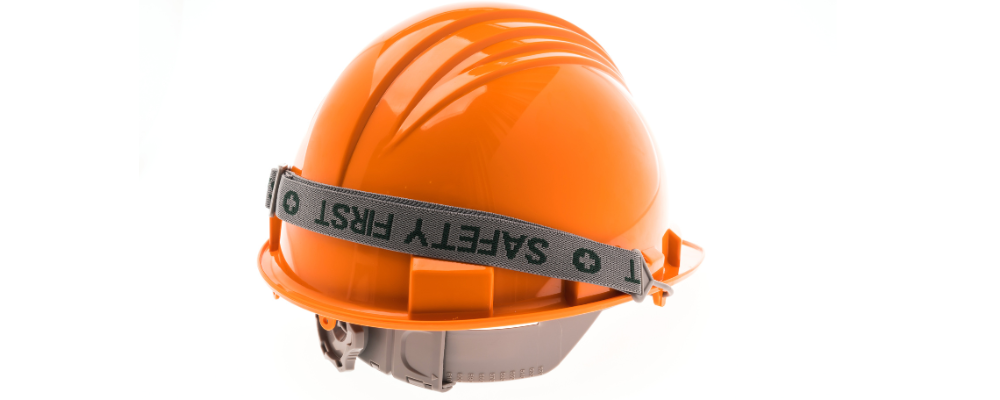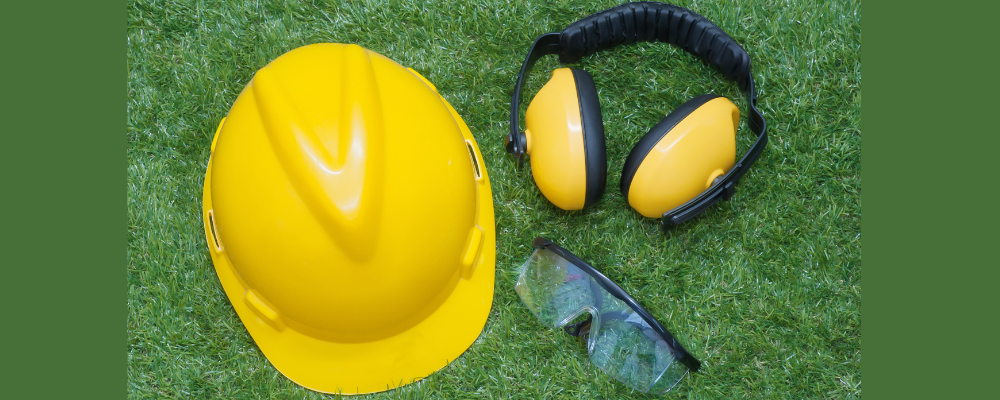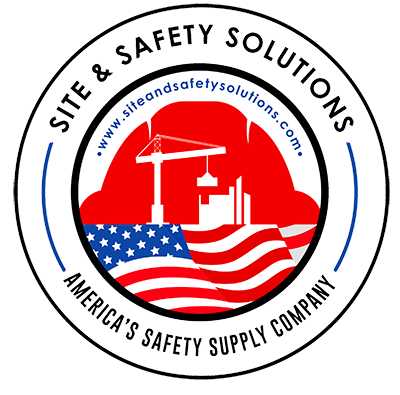
Introduction
Construction sites are bustling hubs of activity where heavy machinery, tools, and materials coexist in a high-risk environment. Amidst this hustle, safety stands as an unyielding priority. Head injuries within the construction industry can be catastrophic, underlining the critical necessity for robust head protection gear.
Importance of Headgear in Construction
The Severity of Head Injuries
- Impact of Head Injuries: The human skull, while resilient, is susceptible to severe damage upon impact. Construction sites pose various risks, including falling objects, low-hanging structures, and accidental collisions. Even a seemingly minor incident can lead to concussions, fractures, or traumatic brain injuries.
- Long-Term Ramifications: Head injuries not only cause immediate harm but can also result in prolonged health issues. The repercussions may range from cognitive impairments to chronic pain, affecting a worker’s ability to perform tasks effectively and impacting their quality of life.
The Crucial Role of Reliable Head Protection Gear
- Preventive Measure: Head protection gear serves as the first line of defense against potential head injuries. Helmets and hard hats are engineered to absorb and dissipate impact force, shielding the skull from harm.
- Safety Compliance: Occupational Safety and Health Administration (OSHA) and other regulatory bodies mandate using certified head protection gear in construction zones. This ensures that workers adhere to safety standards and reduces the risk of accidents.
- Versatility in Hazard Mitigation: Head protection equipment is designed to address various hazards prevalent in construction settings. Specialized headgear provides tailored protection from falling debris to electrical hazards and extreme weather conditions.
Enhancing Workplace Safety Culture
- Worker Confidence and Morale: Equipping construction workers with reliable head protection gear instills confidence in their safety. This, in turn, boosts morale and productivity, creating a more secure work environment.
- Demonstration of Care: Employers’ commitment to providing adequate safety gear demonstrates a genuine concern for their workers’ well-being. It fosters a culture where safety is valued and prioritized.
In conclusion, the construction industry’s safety landscape requires unwavering emphasis on head protection. Implementing and adhering to stringent safety measures, notably concerning headgear, is not just a regulatory requirement but a fundamental ethical responsibility. By investing in and advocating for robust head protection solutions, the construction sector ensures safeguarding its most valuable asset—its workforce.

Understanding Head Protection Gear
Types of Headgear
- DAX Hard Hat Replacement Suspension
- MSA V-Gard® Slotted Hard Hat w/ Staz-On® Suspensions
- DAX JUNGLE CARBON FIBER FULL BRIM HARDHAT
- DAX Fifty 50 Carbon Fiber Cap
- Briggs Short Brim – Non-Vented
Factors to Consider When Choosing Head Protection
Comfort and Fit
Head protection only serves its purpose when worn consistently throughout the work shift. Therefore, comfort and fit are paramount considerations. Construction workers often spend extended hours on-site, necessitating headgear that upholds comfort.
Key Elements of Comfortable Head Protection:
- Adjustability: Ensure the headgear offers adjustability for a snug yet comfortable fit. Adjustable straps or suspension systems enable workers to customize the fit according to their head size and shape.
- Padding and Cushioning: Adequate padding distributes the weight evenly, reducing pressure points. It’s crucial for minimizing discomfort during prolonged wear.
- Ventilation: Proper ventilation prevents excessive heat buildup, reducing discomfort and sweat accumulation, especially during hot weather conditions or physically demanding tasks.
Durability and Material
Construction environments vary widely, from construction sites to heavy machinery operations. Therefore, the durability of head protection gear is vital. Assessing the materials used in manufacturing the gear helps understand its resilience and suitability for specific work conditions.
Common Materials and Their Durability:
- Carbon Fiber: Known for its exceptional strength-to-weight ratio, it offers robustness without compromising weight. It withstands impacts and provides durability in rugged environments.
- Polycarbonate: This material is impact-resistant and lightweight, making it suitable for protection against falling objects or debris.
- Fiberglass: Offers a balance between strength and cost-effectiveness. It’s sturdy enough to endure moderate impacts while being relatively lightweight.
- ABS Plastic: Known for its impact resistance, it is commonly used for hard hats. It’s durable and provides reliable protection in various conditions.
Compliance with Safety Standards
When selecting Headgear, it’s crucial to ensure it meets the necessary certifications and safety standards. Adhering to these standards ensures the effectiveness and reliability of the equipment in safeguarding workers from potential hazards.
Essential Safety Standards to Look For:
- ANSI/ISEA Standards: The American National Standards Institute (ANSI) and the International Safety Equipment Association (ISEA) set standards for head protection gear. Look for helmets or hard hats compliant with ANSI/ISEA Z89.1 to ensure they meet stringent safety criteria.
- CSA Standards: In Canada, the Canadian Standards Association (CSA) provides standards for head protection. Ensure the gear aligns with CSA Z94.1 to guarantee suitability for Canadian work environments.
- European Standards (CE Marking): If operating within Europe or adhering to European standards, check for the CE marking, indicating compliance with European safety standards.
Understanding and verifying compliance with these standards ensures that the Headgear meets the necessary safety benchmarks, providing construction workers with reliable and effective protection against potential workplace hazards.
By considering these factors—comfort and fit, durability and material, and compliance with safety standards—construction workers can make informed decisions when selecting head protection gear, enhancing their safety and well-being.
Best Practices for Using Headgear
Regular Inspection and Maintenance
The longevity and effectiveness of head protection gear heavily rely on regular inspections and meticulous maintenance. A routine inspection protocol is imperative to ensure optimal safety for construction workers.
Importance of Regular Inspection:
- Damage Detection: Regular inspections help identify wear and tear, cracks, or any damage that might compromise the protective capabilities of the gear. This includes assessing the shell’s integrity, suspension system, and attachments.
- Safety Assurance: A thorough examination guarantees that the head protection equipment adheres to safety standards, reducing the risk of potential accidents or injuries on-site.
- Prolonged Lifespan: Timely maintenance and swift repairs elongate the lifespan of the gear, saving costs on frequent replacements and ensuring reliable protection for an extended period.
Maintenance Practices:
- Cleaning Procedures: Instructions for cleaning specific head protection gear should be followed diligently, using appropriate cleaning agents and techniques to remove dirt, debris, and contaminants.
- Storage Guidelines: Storing Headgear equipment properly in designated areas away from extreme temperatures or harsh conditions prevents damage and maintains its structural integrity.
- Replacement Parts: Any damaged or worn-out components should be replaced promptly according to the manufacturer’s recommendations to uphold the gear’s efficacy.
Training and Education
Educating construction workers on properly using, adjusting, and maintaining Headgear is crucial for their safety and well-being on the job site.
Significance of Training:
- Correct Usage: Workers must understand how to wear, adjust, and secure Headgear correctly for maximum effectiveness. This includes changing the suspension system for a snug fit.
- Maintenance Knowledge: Providing workers with maintenance guidelines and demonstrating routine checks empower them to take responsibility for the upkeep of their gear.
- Risk Awareness: Training sessions should highlight the potential hazards on-site and emphasize head protection’s role in mitigating those risks, fostering a safety-conscious mindset among workers.
Training Methods:
- Hands-on Demonstrations: Practical sessions demonstrating proper fitting, adjustment, and inspection techniques offer a more comprehensive understanding than theoretical instruction alone.
- Regular Refreshers: Conducting periodic training sessions or refreshers ensures that workers stay updated on safety protocols and reinforces the importance of using head protection consistently.
- Clear Communication: Ensuring all workers comprehend the significance of adhering to safety guidelines regarding head protection through clear communication and accessible training materials.
For more information, visit our website and Facebook page.
And for more products,
DAX Hard Hat Replacement Suspension
MSA V-Gard® Slotted Hard Hat w/ Staz-On® Suspensions
DAX JUNGLE CARBON FIBER FULL BRIM HARDHAT
Briggs Short Brim – Non Vented
Conclusion
Headgear stands as an indispensable pillar of safety within the construction realm. The construction industry, notorious for its high-risk environment, necessitates a steadfast commitment to ensuring the well-being of its workers. The significance of head protection cannot be overstated, and the choice of appropriate gear directly correlates to safeguarding lives and preventing life-altering injuries.
Choosing the right Headgear isn’t a solitary decision; it’s a collective commitment to fostering a safety culture. Educating workers on the importance of proper head protection and conducting regular safety training sessions fosters a mindset where safety becomes second nature.
In essence, head protection isn’t merely a requirement; it’s a responsibility owed to every individual stepping onto a construction site. It’s an investment in the well-being and longevity of the workforce. By choosing the right head protection gear, we affirm our commitment to preserving lives and ensuring that each worker returns home safely, day after day.










